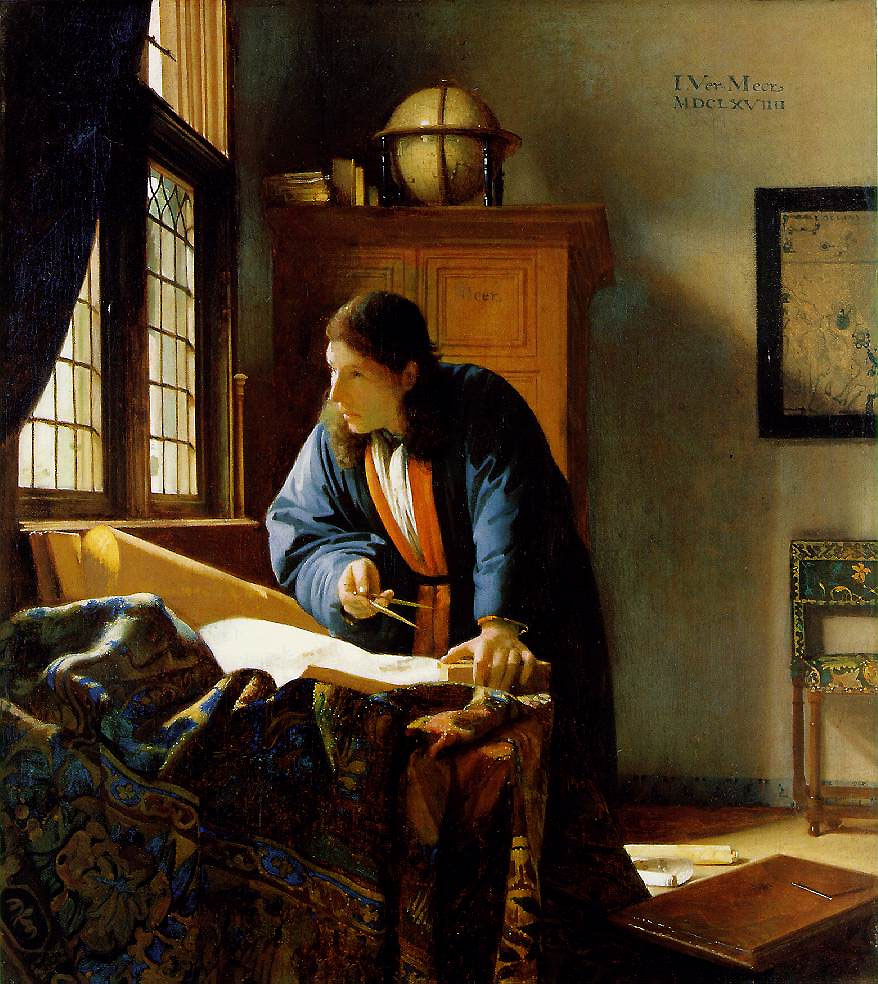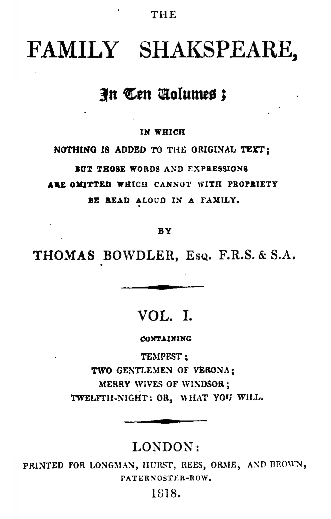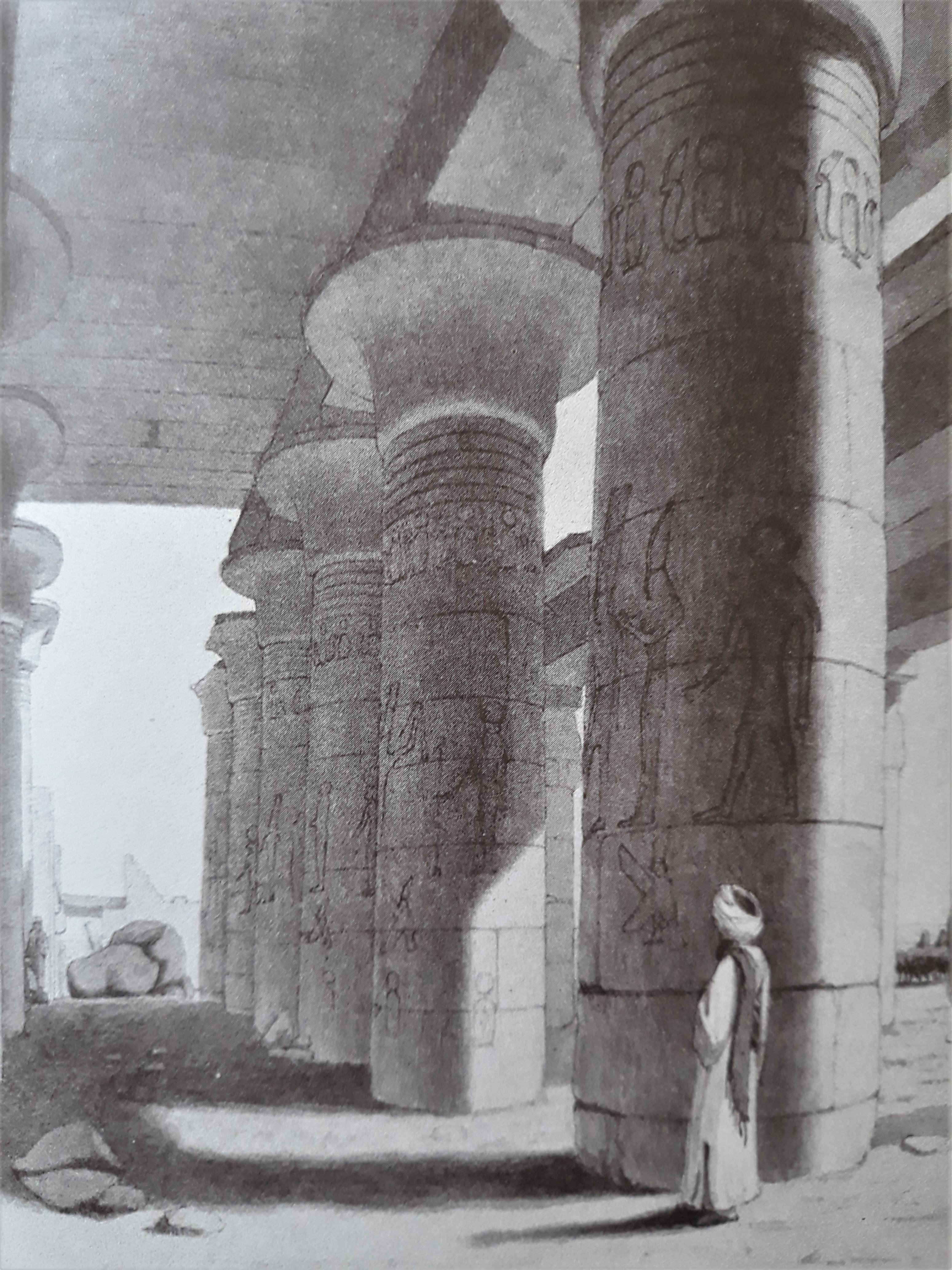|
The Book Of The Thousand Nights And A Night
''The Book of the Thousand Nights and a Night'' (1888), subtitled ''A Plain and Literal Translation of the Arabian Nights Entertainments'', is the only complete English language translation of '' One Thousand and One Nights'' (the ''Arabian Nights'') to date – a collection of Middle Eastern and South Asian stories and folk tales compiled in Arabic during the Islamic Golden Age (8th−13th centuries) – by the British explorer and Arabist Richard Francis Burton (1821–1890). It stands as the only complete translation of the Macnaghten or Calcutta II edition (Egyptian recension) of the "Arabian Nights". Burton's translation was one of two unabridged and unexpurgated English translations done in the 1880s; the first was by John Payne, under the title ''The Book of the Thousand Nights and One Night'' (1882–1884, nine volumes). Burton's ten volume version was published almost immediately afterward with a slightly different title. This, along with the fact that Burton closel ... [...More Info...] [...Related Items...] OR: [Wikipedia] [Google] [Baidu] |
Arabic Literature
Arabic literature ( ar, الأدب العربي / ALA-LC: ''al-Adab al-‘Arabī'') is the writing, both as prose and poetry, produced by writers in the Arabic language. The Arabic word used for literature is '' Adab'', which is derived from a meaning of etiquette, and which implies politeness, culture and enrichment. Arabic literature emerged in the 5th century with only fragments of the written language appearing before then. The Qur'an, widely regarded as the finest piece of literature in the Arabic language, would have the greatest lasting effect on Arab culture and its literature. Arabic literature flourished during the Islamic Golden Age, but has remained vibrant to the present day, with poets and prose-writers across the Arab world, as well as in the Arab diaspora, achieving increasing success. History ''Jahili'' is the literature of the pre-Islamic period referred to as ''al-Jahiliyyah'', or "the time of ignorance". In pre-Islamic Arabia, markets such ... [...More Info...] [...Related Items...] OR: [Wikipedia] [Google] [Baidu] |
Geographer
A geographer is a physical scientist, social scientist or humanist whose area of study is geography, the study of Earth's natural environment and human society, including how society and nature interacts. The Greek prefix "geo" means "earth" and the Greek suffix, "graphy," meaning "description," so a geographer is someone who studies the earth. The word "geography" is a Middle French word that is believed to have been first used in 1540. Although geographers are historically known as people who make maps, map making is actually the field of study of cartography, a subset of geography. Geographers do not study only the details of the natural environment or human society, but they also study the reciprocal relationship between these two. For example, they study how the natural environment contributes to human society and how human society affects the natural environment. In particular, physical geographers study the natural environment while human geographers study human society ... [...More Info...] [...Related Items...] OR: [Wikipedia] [Google] [Baidu] |
Obscene Publications Act 1857
The Obscene Publications Act 1857 (20 & 21 Vict. c.83), also known as Lord Campbell's Act or Campbell's Act, was a piece of legislation in the United Kingdom of Great Britain and Ireland dealing with obscenity. For the first time, it made the sale of obscene material a statutory offence, giving the courts power to seize and destroy offending material. The Act superseded a 1787 Royal Proclamation by George III titled ''Proclamation for the Discouragement of Vice''. The proclamation commanded the prosecution of those guilty of "excessive drinking, blasphemy, profane swearing and cursing, lewdness, profanation of the Lord's Day, and other dissolute, immoral, or disorderly practices". Prior to this Act, the "exposure for sale" of "obscene books and prints" had been made illegal by the Vagrancy Act 1824. but the publication of obscene material was a common law misdemeanour The effective prosecution of authors and publishers was difficult even in cases where the material was clearly inte ... [...More Info...] [...Related Items...] OR: [Wikipedia] [Google] [Baidu] |
Forster Fitzgerald Arbuthnot
Forster Fitzgerald Arbuthnot (21 May 1833 – 25 May 1901) was a notable British Orientalist and translator. Biography Arbuthnot's early career was spent as a civil servant in India; his last post was as Collector for the Bombay government. He was named after his grandfather, Field Marshal Sir John FitzGerald. His first name is sometimes spelled "Foster". Arbuthnot was well versed in the ancient literature of India. He collaborated with his close friend Sir Richard Burton in the translations of two Sanskrit erotic texts, the ''Kama Sutra of Vatsayana'' (1883) and ''The Ananga Ranga'' (1885), both privately printed by the Kama Shastra Society (a fictitious organisation consisting of himself and Burton, a legal device to avoid obscenity laws).Ben Grant"Translating/'The' “Kama Sutra”" ''Third World Quarterly'', Vol. 26, No. 3, Connecting Cultures (2005), 509-516 He also wrote the books ''Arabic Authors'', ''The Mysteries of Chronology'', ''Early Ideas'' (1881, under the ... [...More Info...] [...Related Items...] OR: [Wikipedia] [Google] [Baidu] |
James Hunt (speech Therapist)
James Hunt (1833 – 29 August 1869) was an anthropologist and speech therapist in London, England, during this middle of the nineteenth century. His clients included Charles Kingsley, Leo Tennyson (son of the poet laureate Alfred Tennyson), and Lewis Carroll (Charles Lutwidge Dodgson) author of ''Alice's Adventures in Wonderland''. Lewis Carroll was a children’s author, mathematician, and clergyman. He had a stammer that was said to have affected his job. The 1861 census shows that Charles Lutwidge Dodgson was staying at Ore House in 1861 and being treated by Dr. Hunt a psellismolligist. Since his book was published in 1865 it is quite possible that some of it was written during his stay. His other main interest was in anthropology and in 1863 he established the Anthropological Society of London, which after his death merged with the more established Ethnological Society of London to become the Royal Anthropological Institute. Career James Hunt was born in Swanage, Dorset, ... [...More Info...] [...Related Items...] OR: [Wikipedia] [Google] [Baidu] |
Anthropological Society Of London
The Anthropological Society of London (ASL) was a short-lived organisation of the 1860s whose founders aimed to furnish scientific evidence for white supremacy which they construed in terms of polygenism. It was founded in 1863 by Richard Francis Burton and James Hunt. Hunt had previously been the secretary of the Ethnological Society of London, which was founded in 1843. When he founded the breakaway ASL, Hunt claimed that society had "the object of promoting the study of Anthropology in a strictly scientific manner". Nevertheless he reminded his audience that, whatever evidence might be uncovered, "we still know that the Races of Europe now have much in their mental and moral nature which the races of Africa have not got." The ASL only lasted 8 years: following Hunt's death in 1869 it was absorbed into the Royal Anthropological Institute of Great Britain and Ireland. Prelude to the ASL James Hunt had encountered the disgraced Edinburgh anatomist, Robert Knox in 1855. During the ... [...More Info...] [...Related Items...] OR: [Wikipedia] [Google] [Baidu] |
Bowdlerised
Expurgation, also known as bowdlerization, is a form of censorship that involves purging anything deemed noxious or offensive from an artistic work or other type of writing or media. The term ''bowdlerization'' is a pejorative term for the practice, particularly the expurgation of lewd material from books. The term derives from Thomas Bowdler's 1818 edition of William Shakespeare's plays, which he reworked in ways that he felt were more suitable for women and children. He similarly edited Edward Gibbon's ''Decline and Fall of the Roman Empire''. A ''fig-leaf edition'' is such a bowdlerized text, deriving from the practice of covering the genitals of nudes in classical and Renaissance statues and paintings with fig leaves. Examples Religious * In 1264, Pope Clement IV ordered the Jews of Aragon to submit their books to Dominican censors for expurgation. Sexual * "The Crabfish" (known also as "The Sea Crabb"), an English folk song dating back to the mid-1800s about a man w ... [...More Info...] [...Related Items...] OR: [Wikipedia] [Google] [Baidu] |
Edward William Lane
Edward William Lane (17 September 1801 – 10 August 1876) was a British orientalist, translator and lexicographer. He is known for his ''Manners and Customs of the Modern Egyptians'' and the '' Arabic-English Lexicon,'' as well as his translations of ''One Thousand and One Nights'' and ''Selections from the Kur-án''. During his lifetime, Lane also wrote a detailed account of Egypt and the country's ancient sites, but the book, titled ''Description of Egypt,'' was published posthumously. It was first published by the American University in Cairo Press in 2000 and has been republished several times since then. Early years Lane was born at Hereford, England, the third son of the Rev. Dr Theopilus Lane, and grand-nephew of Thomas Gainsborough on his mother's side. After his father's death in 1814, Lane was sent to grammar school at Bath and then Hereford, where he showed a talent for mathematics. He visited Cambridge, but did not enrol in any of its colleges. Instead, Lane joi ... [...More Info...] [...Related Items...] OR: [Wikipedia] [Google] [Baidu] |
Nile River
The Nile, , Bohairic , lg, Kiira , Nobiin: Áman Dawū is a major north-flowing river in northeastern Africa. It flows into the Mediterranean Sea. The Nile is the longest river in Africa and has historically been considered the longest river in the world, though this has been contested by research suggesting that the Amazon River is slightly longer.Amazon Longer Than Nile River, Scientists Say Of the world's major rivers, the Nile is one of the smallest, as measured by annual flow in cubic metres of water. About long, its covers eleven countries: the |
African Great Lakes
The African Great Lakes ( sw, Maziwa Makuu; rw, Ibiyaga bigari) are a series of lakes constituting the part of the Rift Valley lakes in and around the East African Rift. They include Lake Victoria, the second-largest fresh water lake in the world by area, Lake Tanganyika, the world's second-largest freshwater lake by volume and depth, and Lake Malawi, the world's eighth-largest fresh water lake by area. Collectively, they contain 31,000 km3 (7400 cu mi) of water, which is more than either Lake Baikal or the North American Great Lakes. This total constitutes about 25% of the planet's unfrozen surface fresh water. The large rift lakes of Africa are the ancient home of great biodiversity, and 10% of the world's fish species live in this region. Riparian countries in the African Great Lakes region include: Burundi, the Democratic Republic of the Congo, Ethiopia, Kenya, Malawi, Mozambique, Rwanda, Zambia, Tanzania, and Uganda. Lakes and drainage basins The following are ... [...More Info...] [...Related Items...] OR: [Wikipedia] [Google] [Baidu] |
John Hanning Speke
Captain John Hanning Speke (4 May 1827 – 15 September 1864) was an English explorer and officer in the Indian Army (1895–1947), British Indian Army who made three exploratory expeditions to Africa. He is most associated with the search for the Nile#The search for the source of the Nile, source of the Nile and was the first European to reach Lake Victoria (known to locals as ''Nam Lolwe'' in Dholuo and ''Nnalubaale'' or ''Ukerewe'' in Luganda). Speke is also known for propounding the Hamitic#Hamitic hypothesis, Hamitic hypothesis in 1863, in which he supposed that the Tutsi ethnic group were descendants of the biblical figure Ham (son of Noah), Ham, and had lighter skin and more Hamitic features than the Bantu Hutu over whom they ruled. Life Speke was born on 4 May 1827 at Orleigh Court, Buckland Brewer, near Bideford, North Devon. In 1844 he was commissioned into the British Army and posted to British India, where he served in the 46th Bengal Native Infantry under Sir ... [...More Info...] [...Related Items...] OR: [Wikipedia] [Google] [Baidu] |
Mecca
Mecca (; officially Makkah al-Mukarramah, commonly shortened to Makkah ()) is a city and administrative center of the Mecca Province of Saudi Arabia, and the Holiest sites in Islam, holiest city in Islam. It is inland from Jeddah on the Red Sea, in a narrow valley above sea level. Its last recorded population was 1,578,722 in 2015. Its estimated metro population in 2020 is 2.042million, making it the List of cities in Saudi Arabia by population, third-most populated city in Saudi Arabia after Riyadh and Jeddah. Pilgrims more than triple this number every year during the Pilgrimage#Islam, pilgrimage, observed in the twelfth Islamic calendar, Hijri month of . Mecca is generally considered "the fountainhead and cradle of Islam". Mecca is revered in Islam as the birthplace of the Prophets and messengers in Islam, Islamic prophet Muhammad. The Hira cave atop the ("Mountain of Light"), just outside the city, is where Muslims believe the Quran was first revealed to Muhammad. Vis ... [...More Info...] [...Related Items...] OR: [Wikipedia] [Google] [Baidu] |






